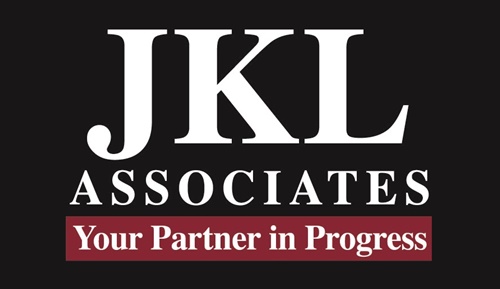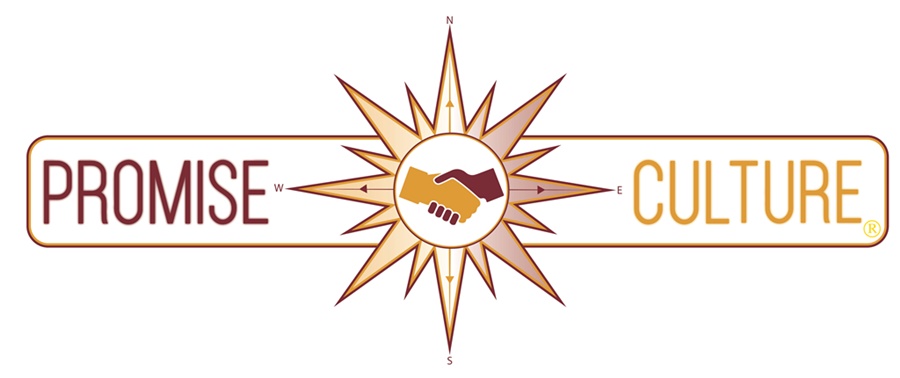Speak with just about any business leader about their team, and you will get some disconcerting dialogue about their impression of how some of their employees don’t seem to be as engaged as they used to be. Some will tie it back to the pandemic and how once staff returned from working at home, they just don’t appear to have the same interest in their job. Others will associate it with the generational differences between this group or that group. Still, others try to look past it and push forward, hoping it will somehow magically disappear if they don’t acknowledge it.
The reality is that this is no simple challenge in the workplace. Many factors come into play when we objectively examine what motivates team members to be at their best and what causes them to find distractions every day until they can go home for the evening.
By definition – Engage is:
To obtain or contract for the services of; employ
By definition – Engagement at work is:
How much a team member is committed to helping their organization achieve its goals
Thus, as leaders, our number one role is to provide an environment where team members are not just employed but engaged and cultivate them to be fully active in their commitment to achieving the organization’s goals and objectives.
Notice that the burden of engagement is not on the employee but on leadership. There is so much talk, workshops, seminars, books, articles, and podcasts, all giving the magic that will suddenly cause your team members to be engaged at work. Our perspective is that your culture beats all the magic programs you can throw at engagement.
When your culture has an authentic foundation that includes Purpose, Accountability, Trust, Care, etc., then you and your team are all building on a common framework. Too often, leadership does not take the time to build the foundation. Yes, many have vision and mission statements, and some have core values, but do all team members in the organization actually live to them, or are they words on plaques or websites or used for marketing? Once the team members, clients, customers, and even vendors start a relationship with the organization, they quickly find out the foundation was weak to begin with, and now they are treading in quicksand. Still able to move, but with each move, they slowly sink deeper and deeper into the challenges.
So why do so many organizations not take the time to craft a solid foundation?
Here are a few insights from our in-the-field experiences: Although most leaders will not admit it, establishing a cultural framework threatens their control. If they set it up, then they will have to follow it, and they don’t like or want to actually follow the culture they want. Another reason it never gets doen is it takes real time to do it correctly. It is not some 3-hour exercise that you get through in a planning session and call it good. This happens so often that it is almost doing more harm than good. It is superficial, and oddly enough, most of the people in the session already know it, and thus, it becomes just an exercise rather than a defining moment in the future success of the business.
This week, be ruthlessly honest with your culture. Would you work at your organization if you were not a business leader and could engage in an organization with a mesmerizing culture—one truly committed to the purpose and core values to achieve greatness?
Do you want to have a conversation about what a mesmerizing culture might look like at your organization? Call JKL Associates and speak with a Promise Guide—MI (313) 527-7945 or FL (407) 984-7246.
COPYRIGHT – JKL ASSOCIATES 2025
QUESTIONS OR COMMENTS – EMAIL US AT PARTNERS@JKLASSOCIATES.COM OR CALL OUR OFFICES – MI AT (313) 527-7945 FL AT (407) 984-7246
Celebrating 30 years of Delivering on “Promises”




